Breast Cancer Awareness Month
October marks Breast Cancer Awareness Month, a time when we unite in the fight against breast cancer, focusing on education and early detection. For me, this cause is deeply personal—not just because of its prevalence in the Philippines, but also because I’ve experienced firsthand how devastating this disease can be. I lost a close mom friend, who was like a second mother to me, to breast cancer. Her warmth, advice, and love shaped so much of who I am, and losing her to this illness left a hole in my heart.
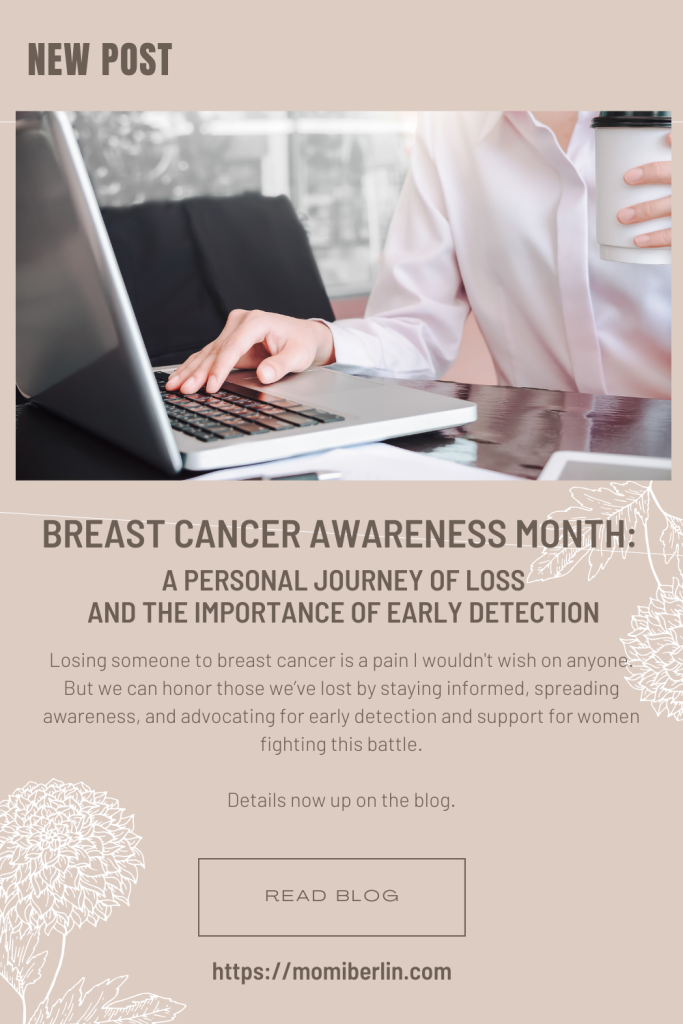
Breast cancer is the most common cancer among women in the Philippines, affecting women of all ages. The numbers are staggering—27,163 cases out of 86,484 total cancer diagnoses, with nearly 10,000 deaths annually. In 2019, the Philippines had the highest breast cancer rate in Asia and ranked ninth globally. These statistics are heartbreaking, and I think of my friend every time I hear them.
The Importance of Early Detection
One of the biggest challenges in the fight against breast cancer is late-stage diagnosis. According to the Philippine Cancer Society, 65% of breast cancer cases in the country are only diagnosed at advanced stages. This was true for my friend, and it’s a painful reminder of why early detection is crucial. Had her cancer been found earlier, things might have been different.
Dispelling Myths and Misinformation
Misinformation about breast cancer also plays a part in delaying diagnoses. Many believe that breast injuries or lumps automatically signal cancer, when in fact, most injuries heal naturally, and many lumps are benign. It’s critical to consult a physician if a lump persists or if there are any noticeable changes in the breast.
Another myth that persists is the belief that wearing bras—especially underwire bras—causes breast cancer. This myth is just that: a myth. Clearing up these misconceptions is key to encouraging early and regular screenings.
Understanding Risk Factors
While breast cancer can affect anyone, certain risk factors can increase your chances of developing the disease. I Can Serve Foundation highlights factors such as family history, being overweight, smoking, alcohol consumption, and even stress. Other risks include older age, early menstruation, late menopause, and not having children before age 35.
While my dear friend didn’t have a family history of breast cancer, she did have other risk factors. Knowing what could increase your own risk is an important step in being proactive about your health.
Recognizing Early Symptoms and Conducting Breast Self-Exams
Learning to recognize the early symptoms of breast cancer can save lives. Look for persistent lumps, nipple changes, unusual discharge, and changes in the breast’s shape or skin color. If you notice any of these signs, see a doctor immediately.
Breast self-exams (BSE) are a simple and effective way to monitor your health. I wish I had encouraged my friend to do these more regularly. Now, I advocate for women to start monthly BSEs at age 20, annual clinical exams at age 30, and yearly mammograms at age 40. Early detection is key, and it could have made all the difference for her.
Building Financial Resilience
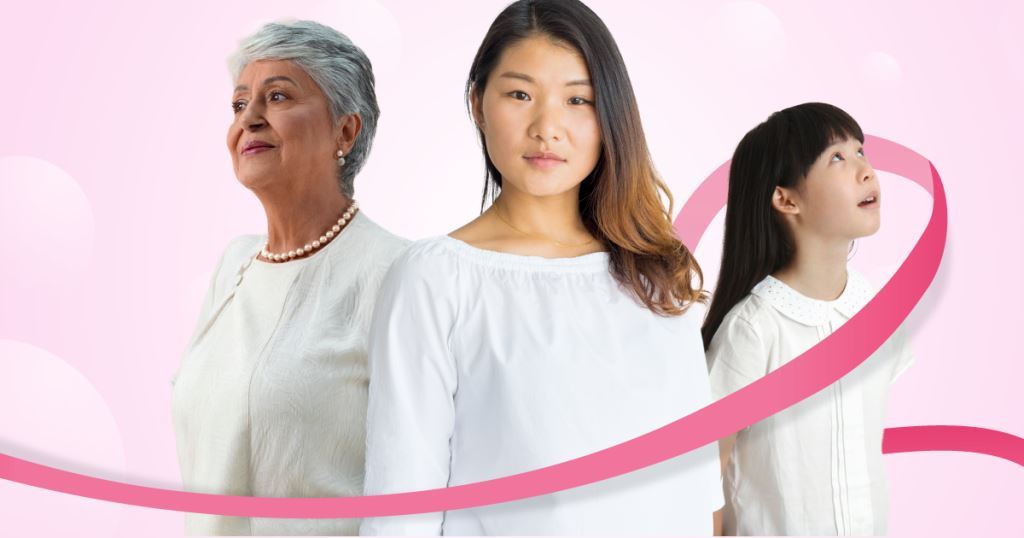
Beyond health awareness, financial preparation is important. Pru Life UK offers PRUHealth Prime – Select Breast Cancer, an affordable insurance product providing coverage specifically for breast cancer. For as little as Php 150, women aged 25-45 can get up to 12 months of protection, ensuring a safety net if the worst happens.
Losing someone to breast cancer is a pain I wouldn’t wish on anyone. But we can honor those we’ve lost by staying informed, spreading awareness, and advocating for early detection and support for women fighting this battle.

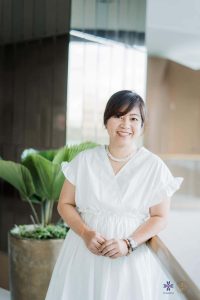
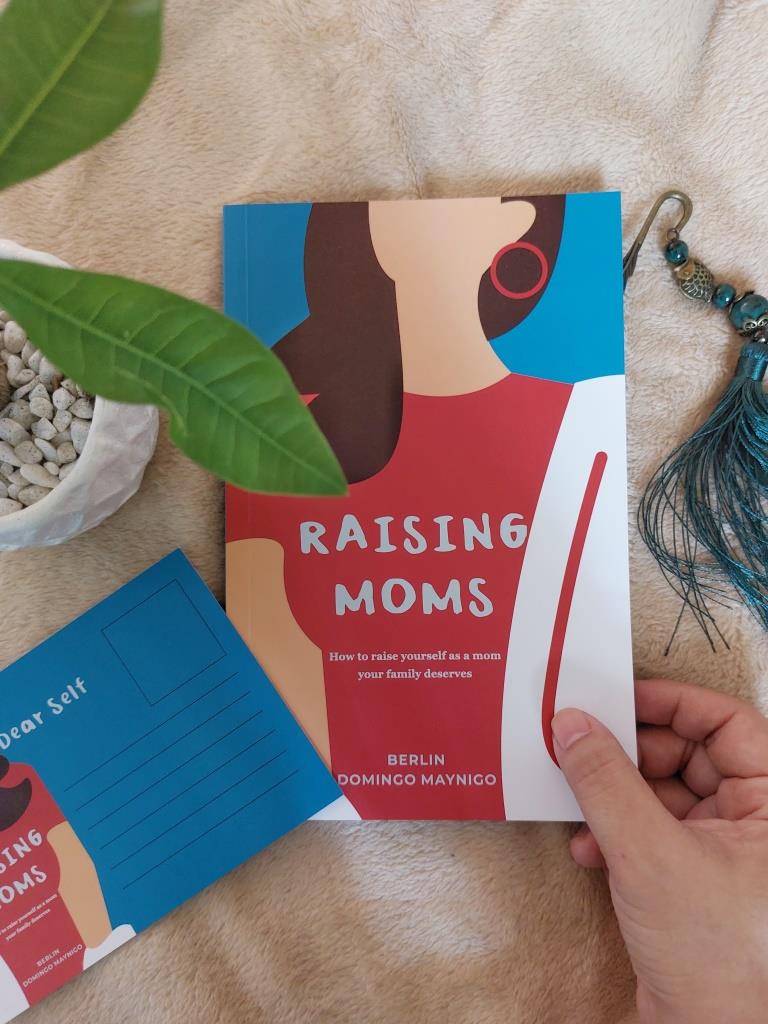


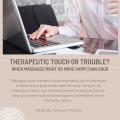






0 Comments